The world of Goan sweets is diverse, delicious, and often seasonal. In Goan homes, there is an old, dying practice of eating a sweet — typically made with coconut and madachem godd (black palm jaggery) — in the month of August. This coconut jaggery mixture or godd chunn finds its way into many Goan sweets prepared during monsoon, from the crepe-like alle belle to the turmeric leaf steamed patoli.
Local fruits and vegetables, besides the ubiquitous coconut and cashew nuts, find their way into many delicious offerings. While bebinca grabs the headlines, and most recently a GI tag, there are many other sweets that deserve recognition.
Here are just a handful of them.
Dedos de Dama
It is a lollipop unlike any other. The sweet literally translates to ‘lady fingers’ and is a cylindrical-shaped caramel candy encasing a chewy marzipan-like mixture. This was once a sweet found mainly at Goan weddings.
Crescy Baptista, co-founder, The Goan Kitchen, remembers looking forward to these lollipops as a child, and waiting in queue at buffet lines at weddings to eat them. “I’ve always connected them to weddings,” she says. Baptista learned to make this sweet from her mother-in-law. Now, her dedos de dama is a must at all The Goan Kitchen’s sit-down lunches and catering events. “This remains a festive sweet because it is tedious to make, so you will not find it at many places,” adds Baptista.
To make Dedos de Dama, cashew nuts, coconut, and sugar are mixed into a dough, shaped like fingers, put on a stick, and rolled in caramel. To ensure the syrup dries evenly and to keep the stick upright, people would stick this sweet into fruits like pineapple or watermelon. This stick is gaily decorated with frilly wisps of paper.
Patoleo
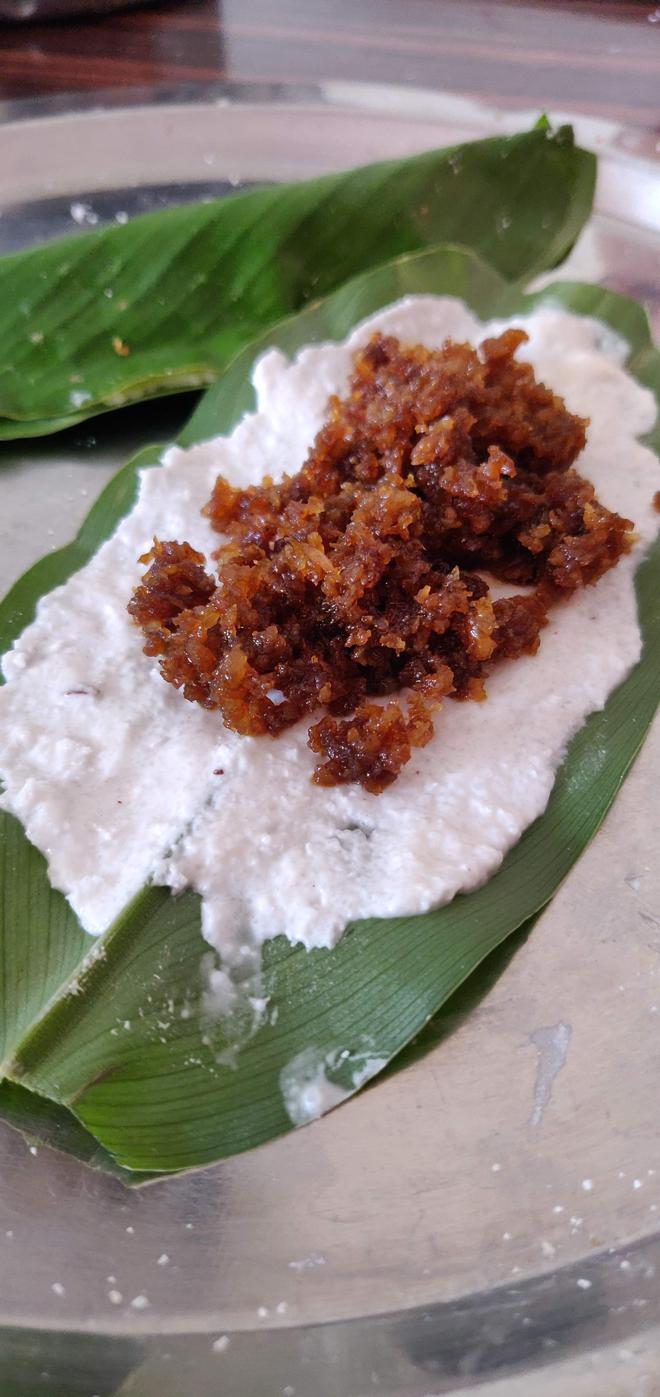
Monsoon is when gardens are lush with turmeric leaves, which are important for one main sweet — patoleo (patoli singular). This sweet dish is made with rice flour paste stuffed with a coconut-jaggery mixture and steamed inside turmeric leaves.
Patoli is popular in August, which is the beginning of the harvest season. In some villages, people celebrate the harvest festival with sweets using rice flour and jaggery, like patoleo. It is also made on the feast of the Assumption of Mary (on August 15). Hindus eat it during Nag Panchami, and Ganesh Chaturthi.
The recipe for the sweet varies: some use palm jaggery, others, sugarcane; some add boiled chana dal; some use a mixture of rice flour and wheat flour.
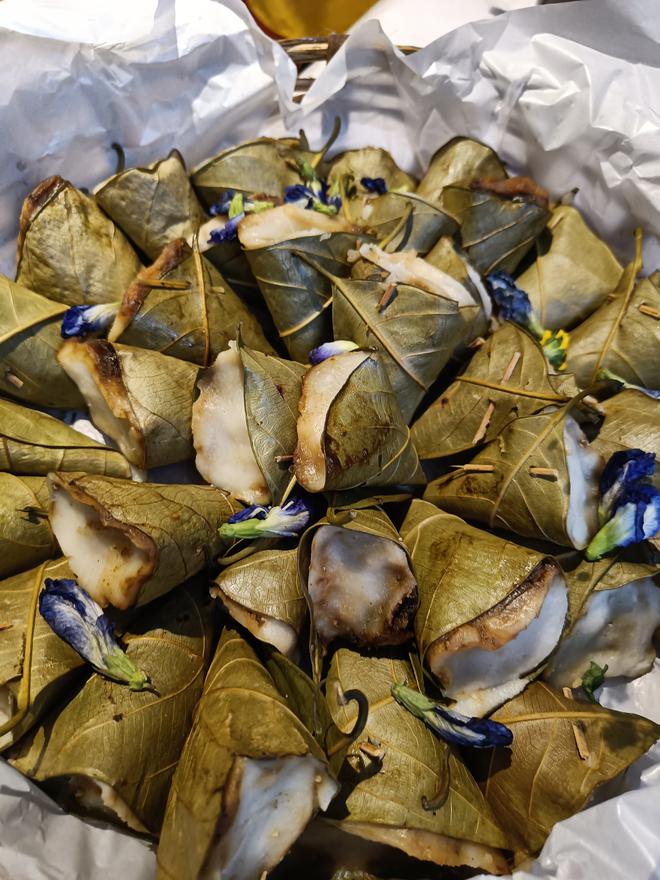
A similar sweet is dhonne/holle. It is mostly made at home where the same stuffing is added to jackfruit leaves, which are shaped like a cone and held together by toothpicks.
Bolo Sans Rival
In the olden days, the status of a family was judged by the sweets they laid out at their weddings. One of these sweets was Bolo Sans Rival or Bolo Sem Rival — bolo means cake (Portuguese) and sans rival is French for without rival.
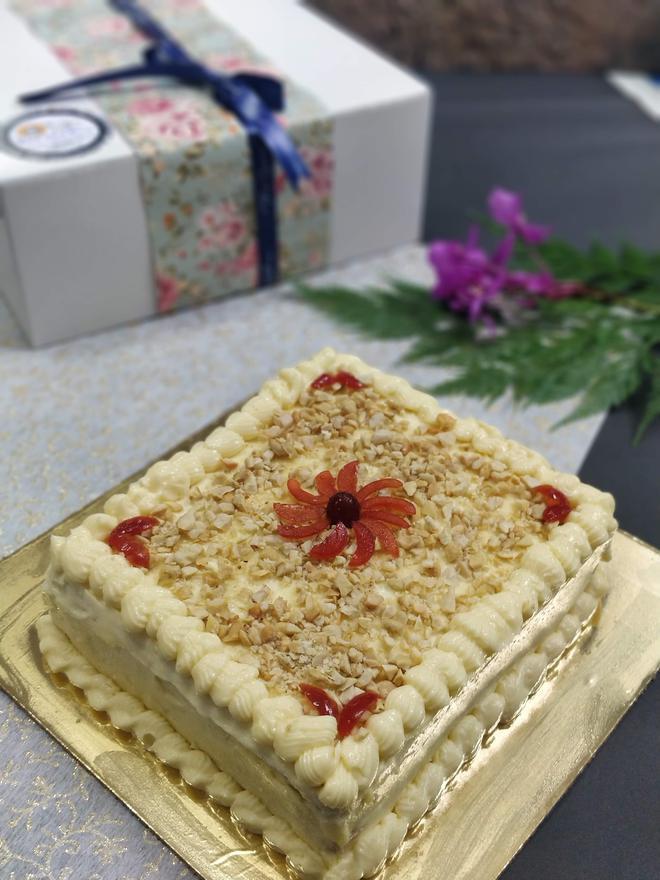
Sans Rival is a layered cake made with egg whites, cashew, and sugar. Typically, it has a macaron-like layer of egg whites, cashew nuts, vanilla essence and sugar, sandwiched with buttercream. Originally made with almonds, Goans replaced them with cheaper and more available cashew nuts.
Indira Borges, founder of I-Bakes, remembers eating this cake only at weddings. “People would use almond essence instead of almonds, and I remember it being very sweet.” Borges found herself gravitating towards the cake as a means of using up her leftover egg whites after making bebinca. “My brother suggested sans rival. I went and learned the recipe from a lady in Raia.” Borges Sans Rival is heavy on the cashew nuts, but has a nice chewy bite to it.
Tavsali
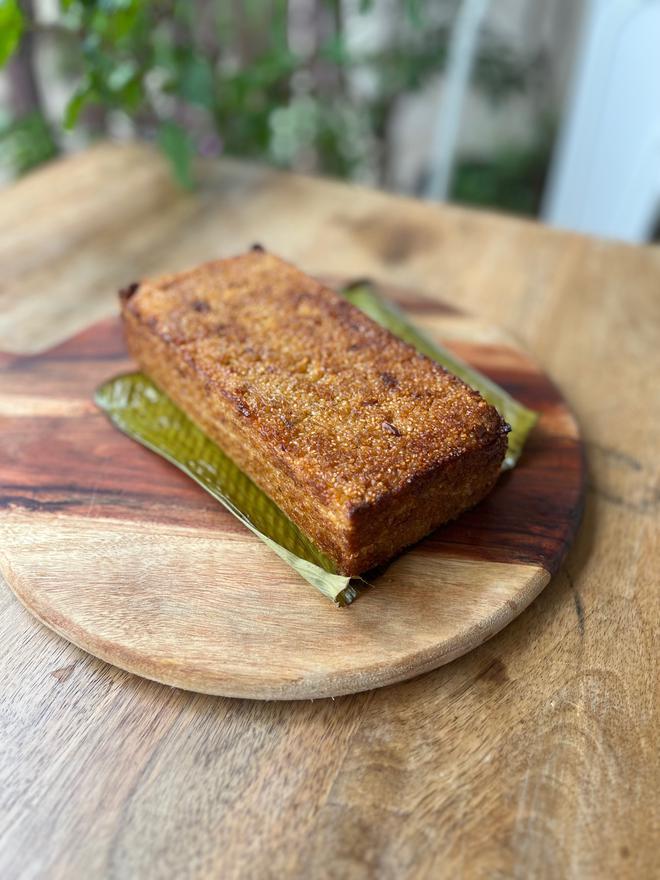
Another seasonal monsoon vegetable making its way onto Goan plates is tavshi — fat, oblong, yellowish-green cucumbers. This tavshi is used to make tavsali, a cucumber cake. This eggless steamed cake has grated cucumber, coarse rava (semolina), jaggery and coconut. Tavshe have a lot of water content, making the resultant cake moist and fluffy.
“You roast the rava with ghee, add grated cucumber, a little water, jaggery, grated coconut, and cashew nuts. I add turmeric leaf because it imparts a lovely flavour and aroma,” says Shubhra Shankwalker, home cook and founder of catering venture Aai’s. Once the mixture is thick, she steams it on a banana leaf. The resultant cake is soft, moist, and refreshing, without being cloyingly sweet.
Serradura
This pudding is believed to have entered Goa via the Portuguese from Macau. A layered dessert, served in a glass, it has crushed biscuits (sometimes mixed with nuts) and sweetened whipped cream. Some call it ‘sawdust pudding’ because of its appearance and the texture of the biscuits.
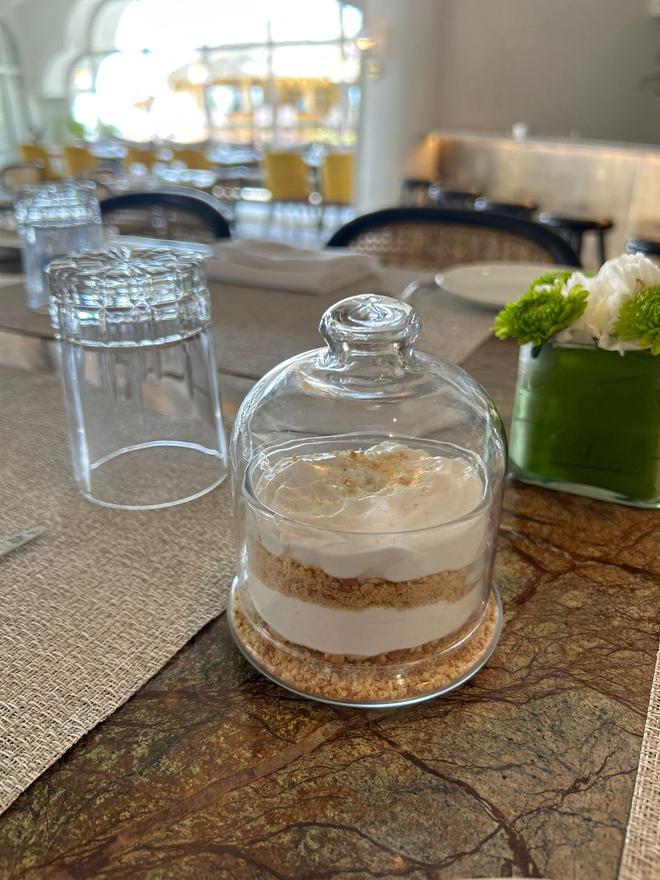
At his newly launched Goan restaurant, Segundo Bairro, Carmo Barretto serves serradura in a glass jar. “This is a popular dessert of Portuguese origin that is easy to make,” he says. “The skill lies in getting the right balance of condensed milk [Milkmaid] and cream, so it’s not too sweet. We layer ours with crushed Marie digestive biscuits.”
Toucinho do Céu
Toucinho do Céu is a rich, decadent almond cake. It translates to ‘bacon from heaven’ because older recipes would use pork lard for flavouring.
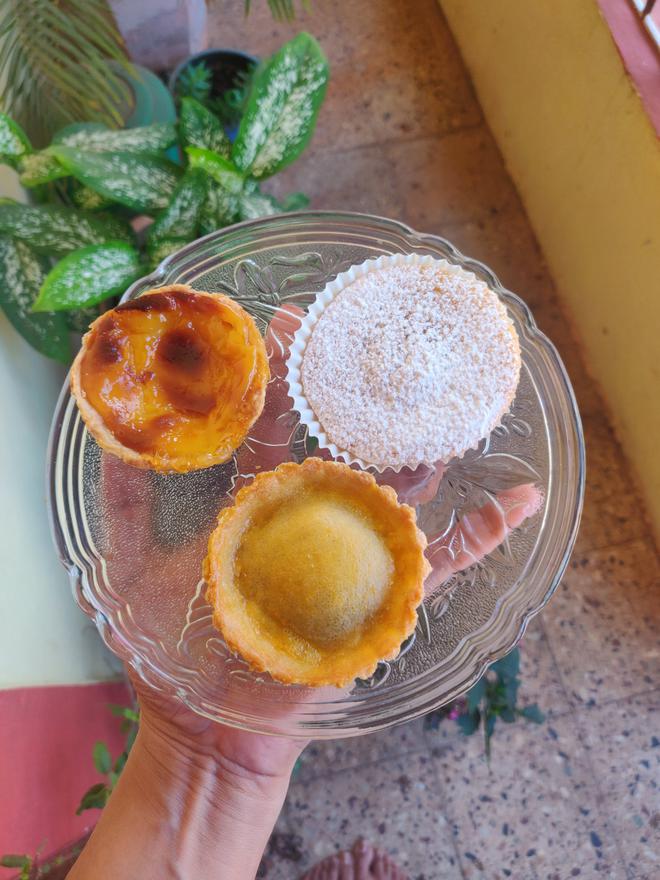
“It is one of the most traditional sweetsin Portugal and its origin is in the convents. Egg whites used to be used for starching the garments used by priests and nuns. The surplus egg yolks inspired the nuns to create delicious sweets, like this,” says Marlene de Noronha Meneses, founder of runs Marlene’s Tasty Treats.
She came across this dish in 2006 in Lisbon at her aunt’s place. Marleneis one of the few (if not the only person) making this dessert in Goa. She doesn’t use lard in the recipe, and serves the cake in cupcake form.
Shirvolyo/ Shevyo
Shirvolyo are rice noodles, typically eaten with sweetened coconut milk, or god chunn (sweet grated coconut).
Shubhra Shankwalker of Aai’s does a sit-down meal at her farm and serves rossantle sheviyo for dessert. To make it, rice is soaked overnight, ground into a batter and cooked till it becomes a ‘dough’. The dough is shaped into cylindrical lumps, steamed, and passed through a machine called shevgo to create the noodle strands.“It’s eaten with ross [sweetened coconut milk] or with coconut and jaggery for those who prefer it dry,” says Shankwalker. Interestingly, some people also add bananas to sweeten the ross. It’s a dish best eaten hot.







